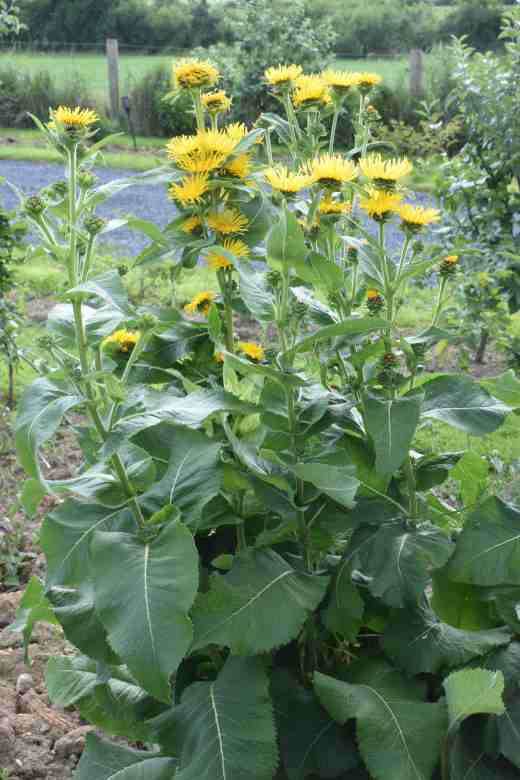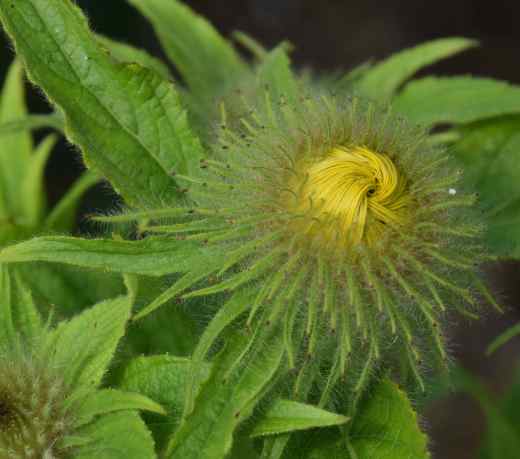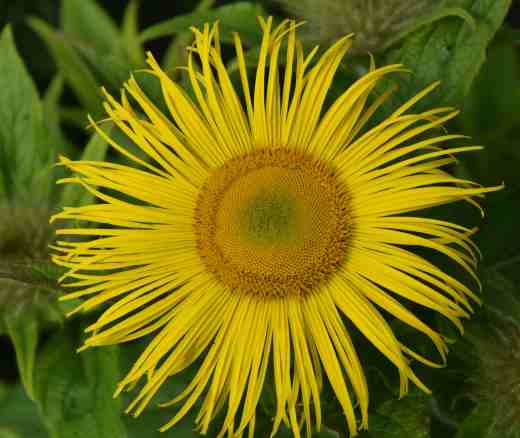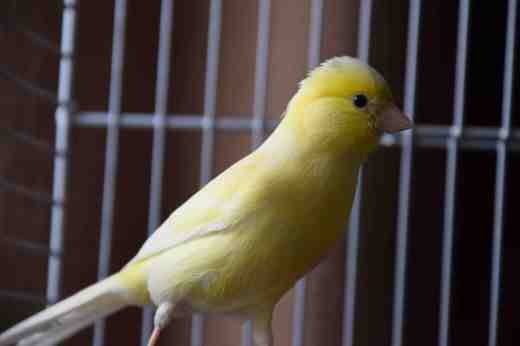Rays of sunshine
Inulas are not the most popular of garden plants. They are usually, being polite, robust, and there is not a lot of variation in the flowers. All are golden daisies of a rather brassy hue and the foliage is rather coarse.
So far I have added two to the garden and that will probably do for a while. But that doesn’t mean that I won’t appreciate those I have. In fact I like them a lot.

The one that is the least sensible option for most gardens is the aptly named Inula magnifica. I planted this in my parent’s garden about 45 years ago (I was only in my teens) and, amazingly, dad did plant around it and tolerated it for a long time, even after I had left home. So I was glad to find a small plant for sale two years ago and popped it into a bed last year. It was not overly happy and did not bloom last year, much as I expected – it was young after all, and when someone last summer said they would like a piece it was the perfect excuse to dig it up, chop off a lump, and reposition it. Even within a year the rootball had become about as large as I could manage and it was dropped into a new hole in a newly dug bed. The soil here is even worse than the bed it had jumped out of, but it has done as well as I could hope and is packed with flower stems. They are not as tall as they should, and could, be but I am happy.

It is not a plant for small gardens or the faint-hearted. The basal leaves are paddle-shaped and 60cm or more long, slightly grey on the reverse. In late spring it sends up sparsely branched stems that can exceed 2m high with lots of large (15cm) golden flowers at the top and up the stem. Like all inulas the ray florets are narrow and give the flowers a delicacy that makes them rather different to most daisies.

All inulas are native to Europe (generally) east into Asia, and need a sunny spot though they are not fussy about soil. Inula magnifica is clump-forming but some can be invasive. The bracts of this species, around the flower head, are thick and leafy and the buds resemble an artichoke (cynara). I must admit that it seems, on paper, to be similar to I. helenium and I am now pondering if I have the right plant. Whatever it is, as soon as flowering is over the plant is unsightly and old flower stems must be cut down and it is wise to have something in front of it to cover the dying leaves.

Inula hookeri is a much easier plant to fit into the garden but it can be invasive when happy. It is a neat, bushy plant up to about 75cm and the whole plant is covered in hairs. The (8cm) flowers are lovely but they are almost nicer when in bud when the hairy (almost fluffy) bracts are showy. (I. orientalis is similar but a more ‘orangey’ colour.)

The stems are branched in the upper half and there is a succession of blooms. You can see how well it grows from the photo below. This was a plant with a single stem in a 1l pot planted last autumn. Half a dozen shoots appeared in spring and while I had my back turned it has grown into this! I have planted it somewhere it can spread a bit without being a pain – we will see how long that takes!


On a sad note, Sunny passed away last weekend. She was a bit wobbly for a long time but always perked up when I gave her her bunch of flowers – I grew mustard and rocket for her so she could nibble the flowers. She was at least 8 years old (that is how long I had her after she flew onto the doorstep and waited for me to look after her) and she will be missed. Mia (the cat) can’t understand why there is a new room she is allowed into.
I have found the inulas good garden plants for years but seem to have winnowed them out over the past while and I don’t think there are any left now. Goodbye to Sunny.
It is strange how some plants just get pushed out over the years, though your garden is so full of gems I am not surprised that inulas were pushed to the edge. The seed-raised achilleas that I filled the beds with the first year are being culled as I need room for other (better?) things. Sunny will be missed – thank you.
Part of the process is simply change – we change for the sake of something new, something we consider more interesting, something to try out etc.
Oh, I am so sorry about Sunny!
Thank you. She had a good and long life really. And was well travelled. She flew from somewhere to land on my doorstep, as taken to the UK and then a year later back to Ireland and spent time, when I was away, at the local garden centre where she had pride of place by the tills!